15 Guidelines for Achieving Belly Fat Loss
Losing belly fat is a top health goal that can prove elusive, even with a dedicated fitness routine and healthy eating. However, adhering to some rules allows you to optimize your efforts and start seeing results. This article outlines tried-and-true strategies that can support your journey to shedding those stubborn inches from your waistline.
Avoid Alcohol

Alcohol contains empty calories, and it increases hunger, both of which can hamper your progress. Reducing or eliminating alcohol intake reduces overall calorie consumption and the temptation to make unhealthy food choices. Cutting out alcohol may also improve sleep quality, which, in turn, helps support healthy hormone balance.
Get Adequate Sleep

Sleep deprivation increases cortisol levels and fat storage in your midsection. Aim for 7-9 hours of sleep per night to optimize well-being and establish a bedtime routine that involves disconnecting from electronic devices 30 minutes before sleep. Doing this promotes restful sleep, leaving you refreshed and ready for the day.
Cut Out Refined Carbs
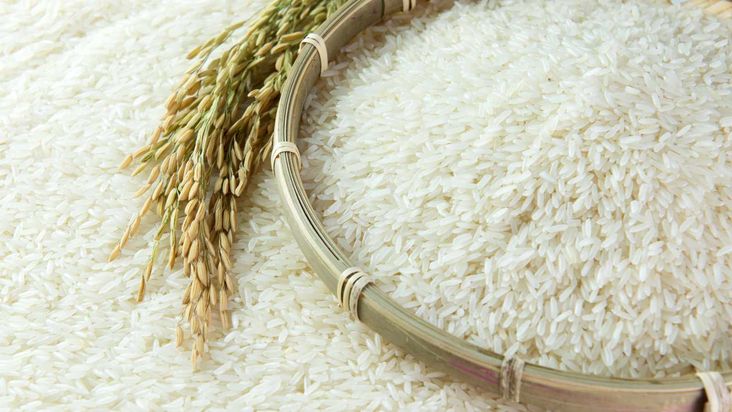
Refined carbohydrates, like white bread, pasta, and sugary foods, are stripped of nutrients and fiber during processing. These foods lead to rapid spikes in blood sugar levels and insulin, which promotes fat storage, particularly in the belly area. Also, they are high in calories but low in satiety, leading to overeating.
Eat Low-Fat Dairy
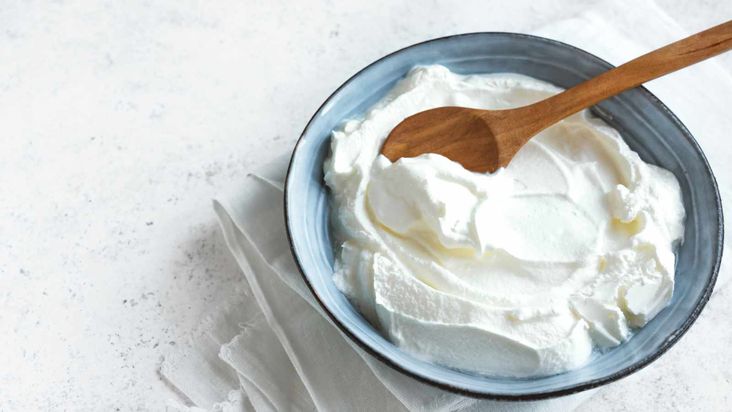
Low-fat and non-fat dairy products contain probiotics, calcium, and protein that can help reduce belly fat. Greek yogurt is rich in glutamine, an amino acid believed to play a role in slimming the waistline. Look for dairy products with low-fat content to get the most benefit while cutting calories.
Drink Green Tea

The catechins in green tea stimulate metabolism and help reduce fat deposits in the body. Green tea is also high in antioxidants and prevents fluid retention, an important factor in fighting belly fat. Drinking several cups of green tea will change your waistline over time.
Increase Protein Intake

Protein takes longer to digest than carbs and fat, leading to a feeling of fullness. Lean proteins like chicken, turkey, fish, and lean cuts of red meat lower levels of the hunger hormone ghrelin while increasing levels of appetite-reducing hormones. Consuming protein at each meal helps keep belly bloat at bay and reduces cravings for unhealthy snacks.
Increase Fiber Intake
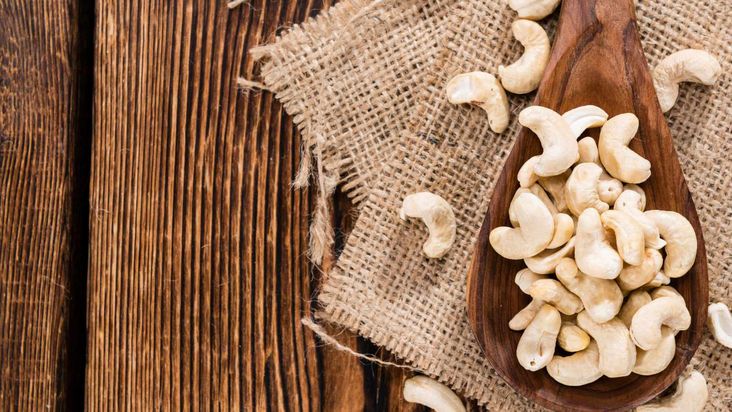
Fiber helps slow digestion and reduce hunger, keeping you full for longer. It also helps regulate blood sugar and insulin levels, which prevents fat storage in the midsection. Eating fruits, vegetables, legumes, nuts, and whole grains provides ample fiber for a healthy diet.
Do Resistance Training

Resistance training allows your body to burn more calories than traditional cardio exercises. It also helps build lean muscle, boosting metabolism and providing a more defined appearance. Work out multiple muscle groups with weights and bodyweight exercises for best results.
Avoid Trans Fat
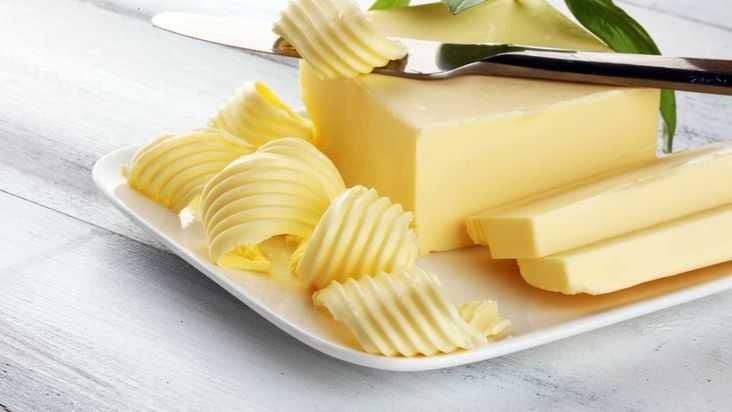
Trans fats, often in processed foods like cake, cookies, and fried foods like french fries, are unhealthy for your belly fat. They lead to inflammation, create fat tissue around the organs, and increase bad cholesterol levels. Avoiding trans fats is vital to keeping a healthy waistline.
Eat Probiotic Foods
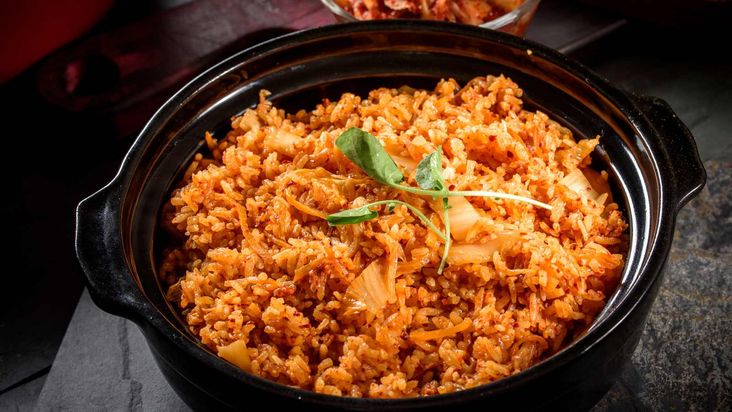
Probiotic foods regulate digestion and reduce inflammation, which plays a role in weight loss. Foods like sauerkraut, kimchi, kombucha, and kefir can help slim the waistline. Probiotics also improve nutrient absorption from other foods eaten in the same meal.
Eat Healthy Fats

Healthy fats like olive oil and avocados contain monounsaturated and polyunsaturated fats that reduce the risk of heart disease, improve cholesterol levels, and reduce belly fat. These healthy fats are also high in calories, so you must consume them in moderation, but they can help you reach your goals.
Don’t Starve Yourself
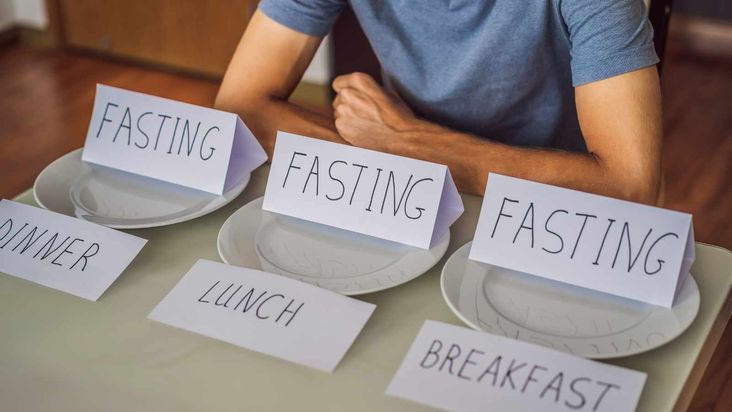
Although reducing calorie intake is crucial for weight loss, excessively low-calorie consumption can result in a sluggish metabolism and the loss of muscle mass. Both of these effects impede progress toward your goals. Ensure you maintain a well-balanced diet with an appropriate calorie intake that meets your body’s needs.
Drink More Water
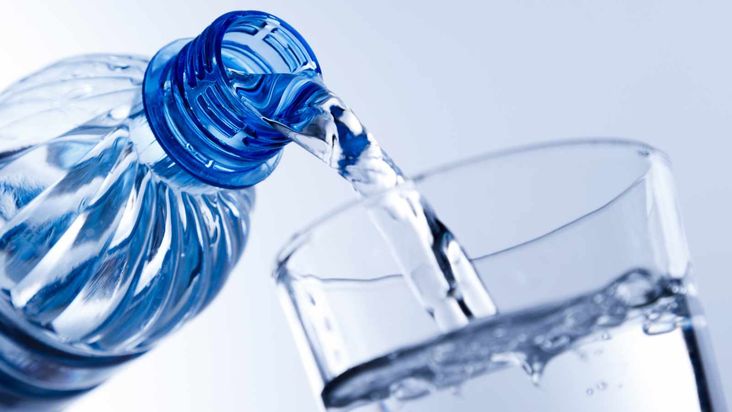
Drinking plenty of water keeps you hydrated and energized and reduces belly fat. It increases fullness and flushes toxins from the body while keeping metabolism high. Drinking at least eight glasses daily for optimum health and weight loss benefits is a good rule of thumb.
Practice Intermittent Fasting
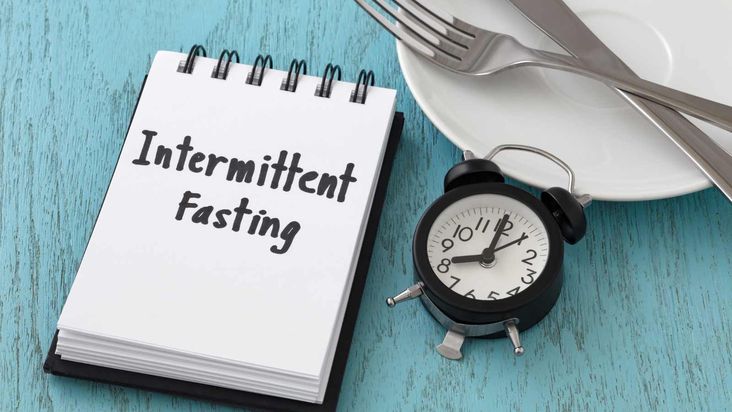
Intermittent fasting involves alternating between eating and fasting windows, reducing calorie consumption, preventing binge eating, and boosting fat loss. It can also repair cells damaged by inflammation, a process known as autophagy that helps reduce belly fat. Alternate-day fasts or timed feeding windows are two methods of intermittent fasting.
Track What You Eat

Tracking what you eat is an excellent way to stay accountable and on track. Writing down your meals and snacks helps you recognize patterns in your eating habits and monitor calories, carbs, proteins, and fats consumed throughout the day. You can also use this information to make better meal choices that support your weight loss goals.